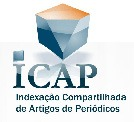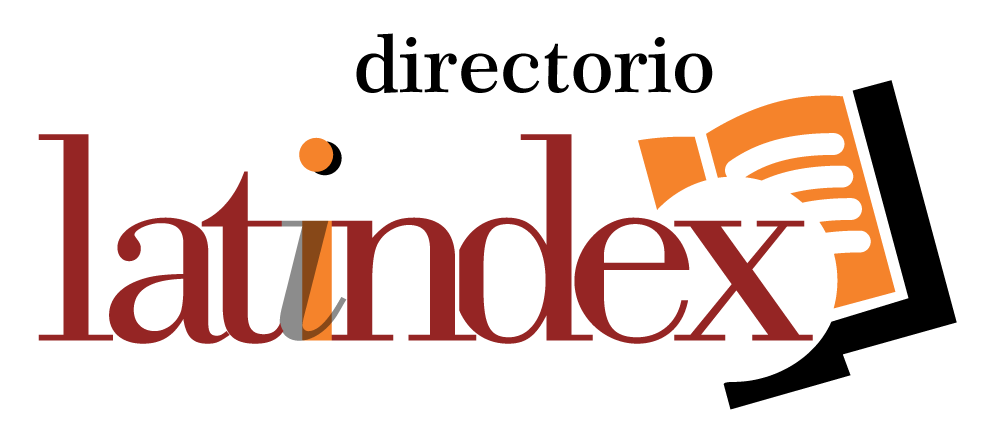O Sextante de Horizonte Artificial de Gago Coutinho
A génese Marítima da Navegação Aérea
Palavras-chave:
Gago Coutinho, Navegação Aérea, SextanteResumo
Em 1922 foi realizada, por Gago Coutinho e Sacadura Cabral, a primeira travessia aérea do Atlântico Sul. O sucesso da viagem deveu-se ao facto de terem sido usados, pela primeira vez, métodos astronómicos de navegação, adaptados da navegação marítima. Para a sua aplicação, tornava-se necessário medir alturas de astros, de modo a estimar, com rigor, a posição da aeronave. O sextante usado na navegação marítima nem sempre podia ser usado na navegação aérea, dada a dificuldade em observar a linha do horizonte a altitudes elevadas. Para colmatar esta dificuldade, Gago Coutinho desenvolveu um sextante de horizonte artificial o qual lhe permitia observar a altura de um astro em situações em que o horizonte de mar não era visível, por exemplo, em caso de má visibilidade ou de altitude elevada da aeronave. Este artigo tem por objetivo apresentar o sextante desenvolvido por Gago Coutinho.
















